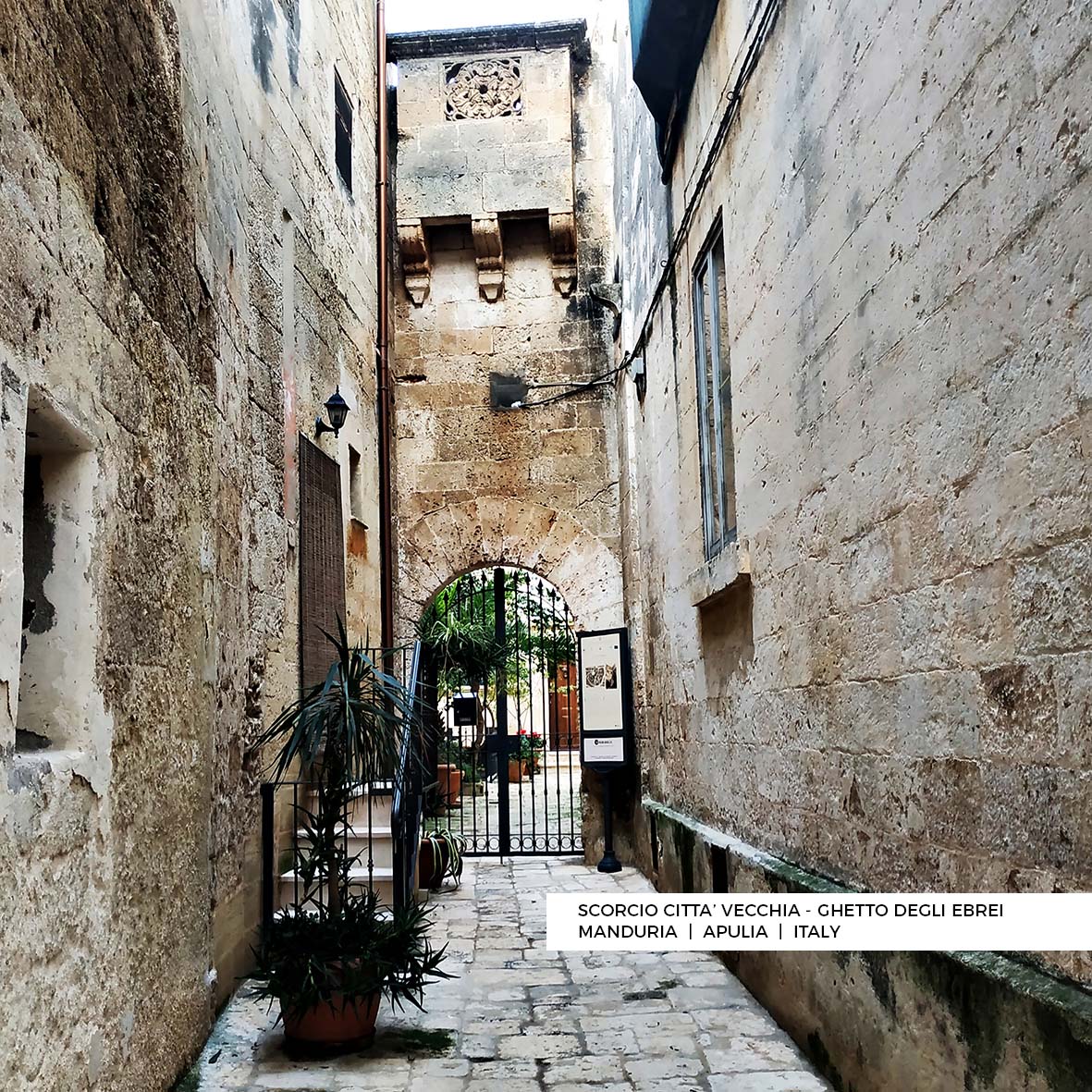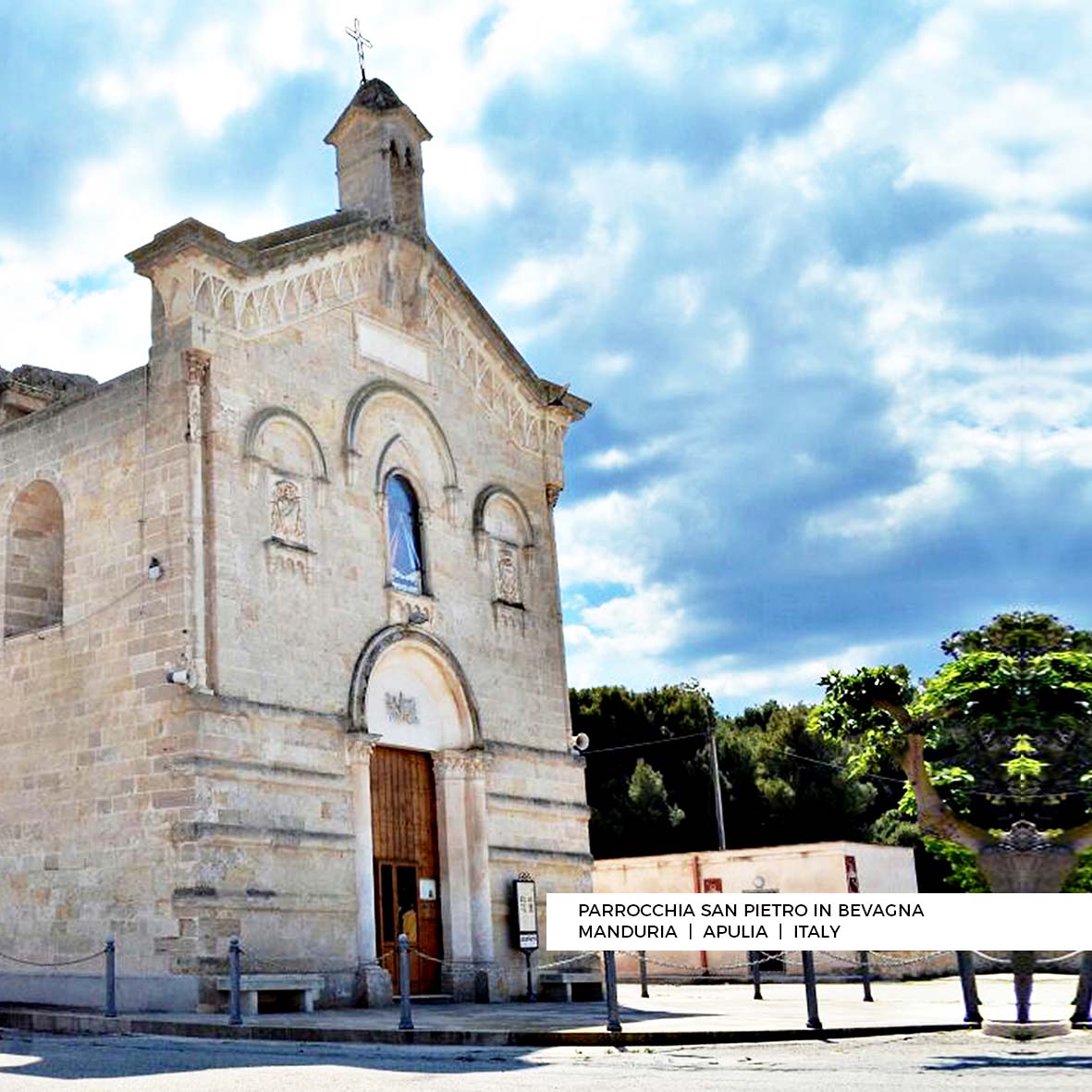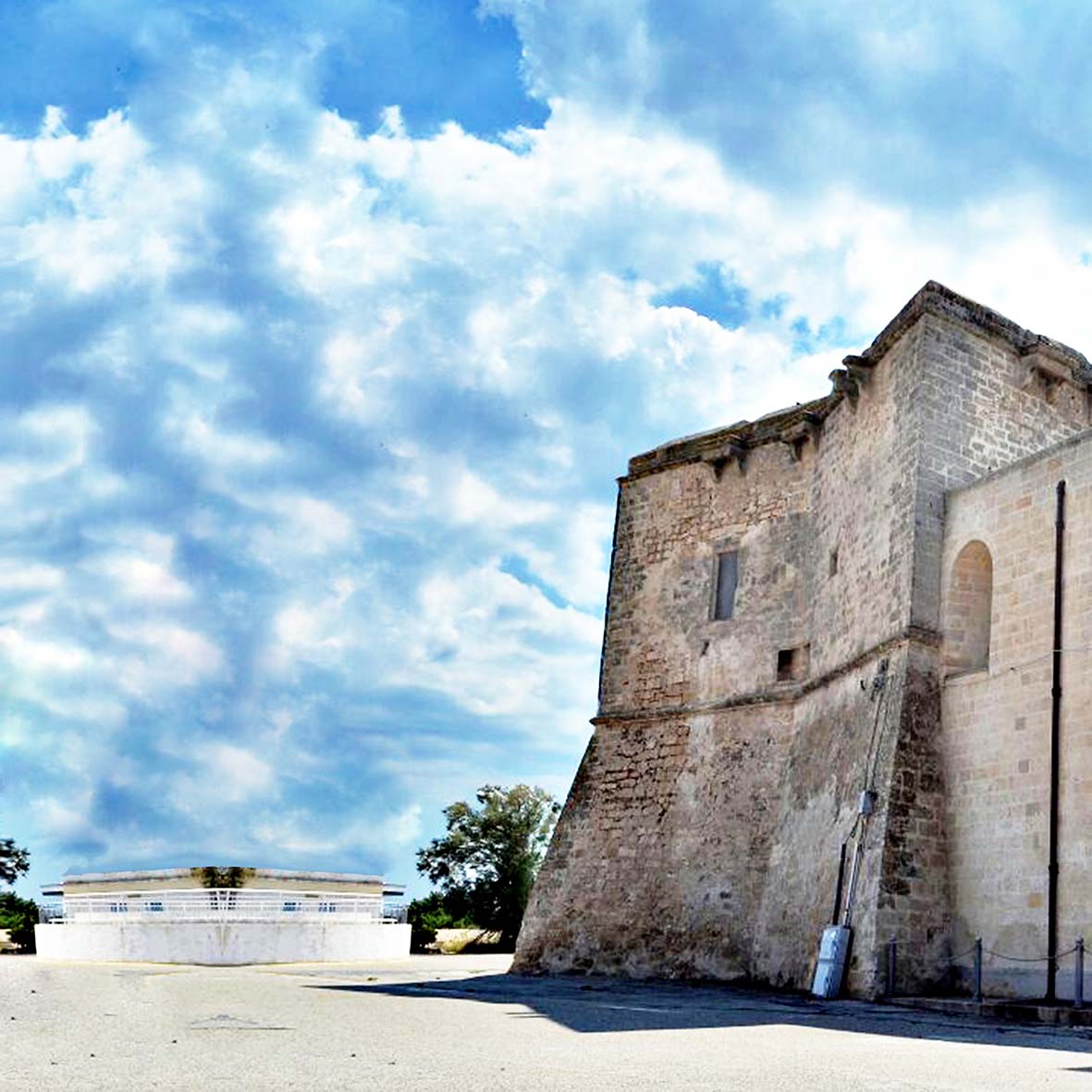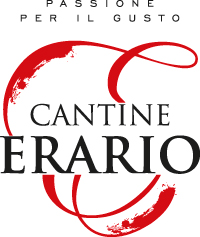
THE TERROIR
Our estate is based in Manduria, in the province of Taranto, on provincial road 136 which connects the towns of Manduria and Maruggio, just outside the town centre, at Km 0.300. Manduria, located in the Murge Tarantine between the towns of Taranto, Lecce and Brindisi, is one of the largest and busiest towns in the province of Taranto. Manduria has a predominantly agricultural economy and is located in an intensely fertile area, cultivated mainly with vineyards and olive groves which produce fine oils and wines, including the famous Primitivo di Manduria D.O.P.

Manduria is an important economic centre in the province of Taranto but has always been considered culturally part of Salento. It is characterised by a temperate climate which favours the growth of the Mediterranean scrub and a flourishing wine industry. In this climatic context and with the presence of calcareous clay and ferrous soils, tempered by sea breezes, Primitivo finds its perfect habitat, bringing with it the scents and suggestions of a unique and inimitable territory.

Manduria is an important economic centre in the province of Taranto but has always been considered culturally part of Salento. It is characterised by a temperate climate which favours the growth of the Mediterranean scrub and a flourishing wine industry. In this climatic context and with the presence of calcareous clay and ferrous soils, tempered by sea breezes, Primitivo finds its perfect habitat, bringing with it the scents and suggestions of a unique and inimitable territory.
Manduria, home of the Messapi and Land of Primitivo, is rich in testimonies of its glorious past. The town is surrounded by a circle of walls and a moat, dating back to several centuries before the birth of Christ. The Archaeological Park, with its huge megalithic walls and the countless tombs in its necropolis, along with the Plinian Spring, a surreal place carved into the rock with mystical and enchanting features that the town has chosen as the symbol of its coat of arms, are of great importance. The Plinian Spring is a cave inside which there is a well of spring water. The level of the water has remained the same for centuries, despite being drawn off endlessly. This place attracted the attention of Pliny the Elder, after whom it is named, who mentions it in his most important work: “De Rerum Natura”. According to legend, the Plinian Spring, commonly known as ” Lu Scegnu”, is said to have been the home of a hen that laid golden eggs and lived under the protection of a doe.
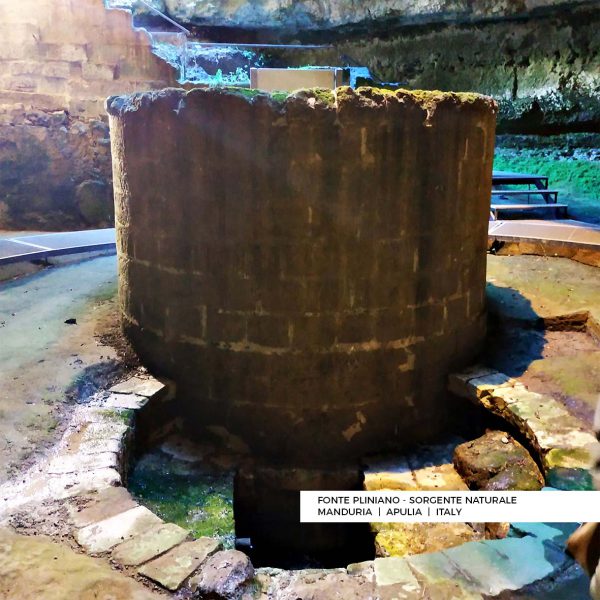
Manduria, home of the Messapi and Land of Primitivo, is rich in testimonies of its glorious past. The town is surrounded by a circle of walls and a moat, dating back to several centuries before the birth of Christ. The Archaeological Park, with its huge megalithic walls and the countless tombs in its necropolis, along with the Plinian Spring, a surreal place carved into the rock with mystical and enchanting features that the town has chosen as the symbol of its coat of arms, are of great importance. The Plinian Spring is a cave inside which there is a well of spring water. The level of the water has remained the same for centuries, despite being drawn off endlessly. This place attracted the attention of Pliny the Elder, after whom it is named, who mentions it in his most important work: “De Rerum Natura”. According to legend, the Plinian Spring, commonly known as ” Lu Scegnu”, is said to have been the home of a hen that laid golden eggs and lived under the protection of a doe.
Manduria, home of the Messapi and Land of Primitivo, is rich in testimonies of its glorious past. Visitors to the archaeological park can admire the Church of San Pietro Mandurino, linked to a popular belief that tells of the passage of the Apostle Peter from San Pietro in Bevagna (Marina di Manduria) to Manduria, which was built way back in the thirteenth century.
Inside the ancient village, you can discover the imposing Castello Imperiali, home of the noble family from nearby Francavilla Fontana; the castle, with its many wrought iron balconies, overlooks the largest square in Manduria, Piazza Garibaldi, named after the man responsible for the Unification of Italy. This square is connected by a long street to the arch of Sant’Angelo (dedicated to San Carlo Borromeo), which once marked the entrance to the old town.
In the old town, there are countless churches dating back to different times, one of the most important definitely being the Renaissance Cathedral or Chiesa Matrice, which dates back to the 16th century. Next to it is the Giudecca, a 17th century Jewish ghetto which, with its small synagogue, bears witness to the presence of a Jewish community based in the Mandurian territory. Lastly, and rather unusual but worthy of note, the monument of Calvary, created in 1839 using pieces of pottery and majolica. This monument is dedicated to the Passion of Christ and is worshipped during Easter Week.
About ten km from the city is San Pietro in Bevagna, Marina di Manduria, acclaimed for its wide beaches with their fine sand and crystal clear waters, and for the Christian rituals that are celebrated at the beginning of April in memory of St. Peter the Apostle. It is a popular festival which has maintained its charm and originates from an episode dated around 44 A.D. involving St. Peter the Apostle. Some people say that Christ’s disciple landed near Manduria after a shipwreck and that he resumed his preaching journey after celebrating the Eucharist here. Others, however, say that St. Peter stopped here to drink, and this is why the water of the River Bevagna is believed to be sacred today. Every year, during the solemn celebrations dedicated to Saint Peter, animals are blessed with this water.
[caption id="attachment_16451" align="aligncenter" width="1181"] DCIM100MEDIABreeze_19[/caption]
DCIM100MEDIABreeze_19[/caption]
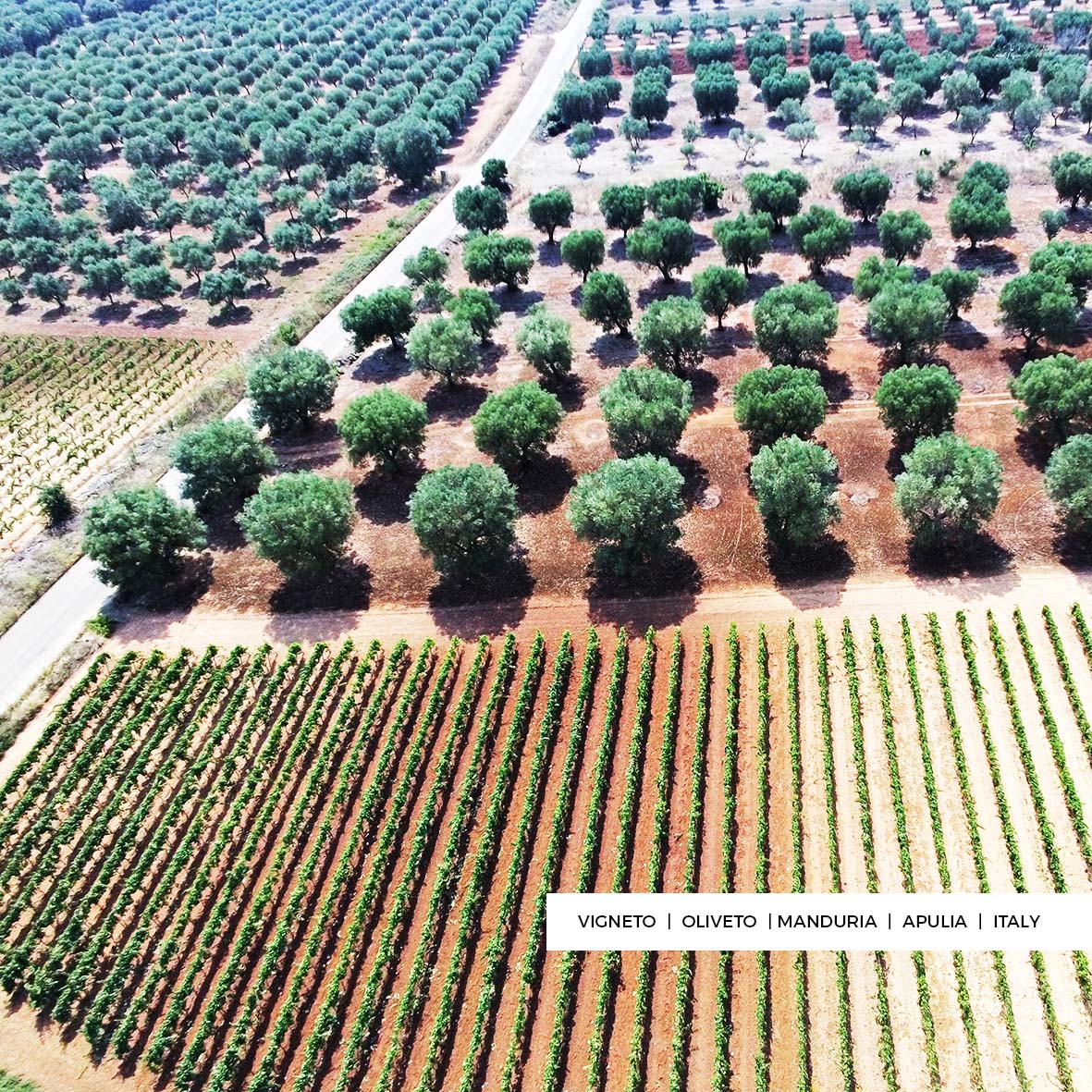 DCIM100MEDIABreeze_19[/caption]
DCIM100MEDIABreeze_19[/caption][caption id="attachment_16452" align="aligncenter" width="1181"] DCIM100MEDIABreeze_19[/caption]
DCIM100MEDIABreeze_19[/caption]
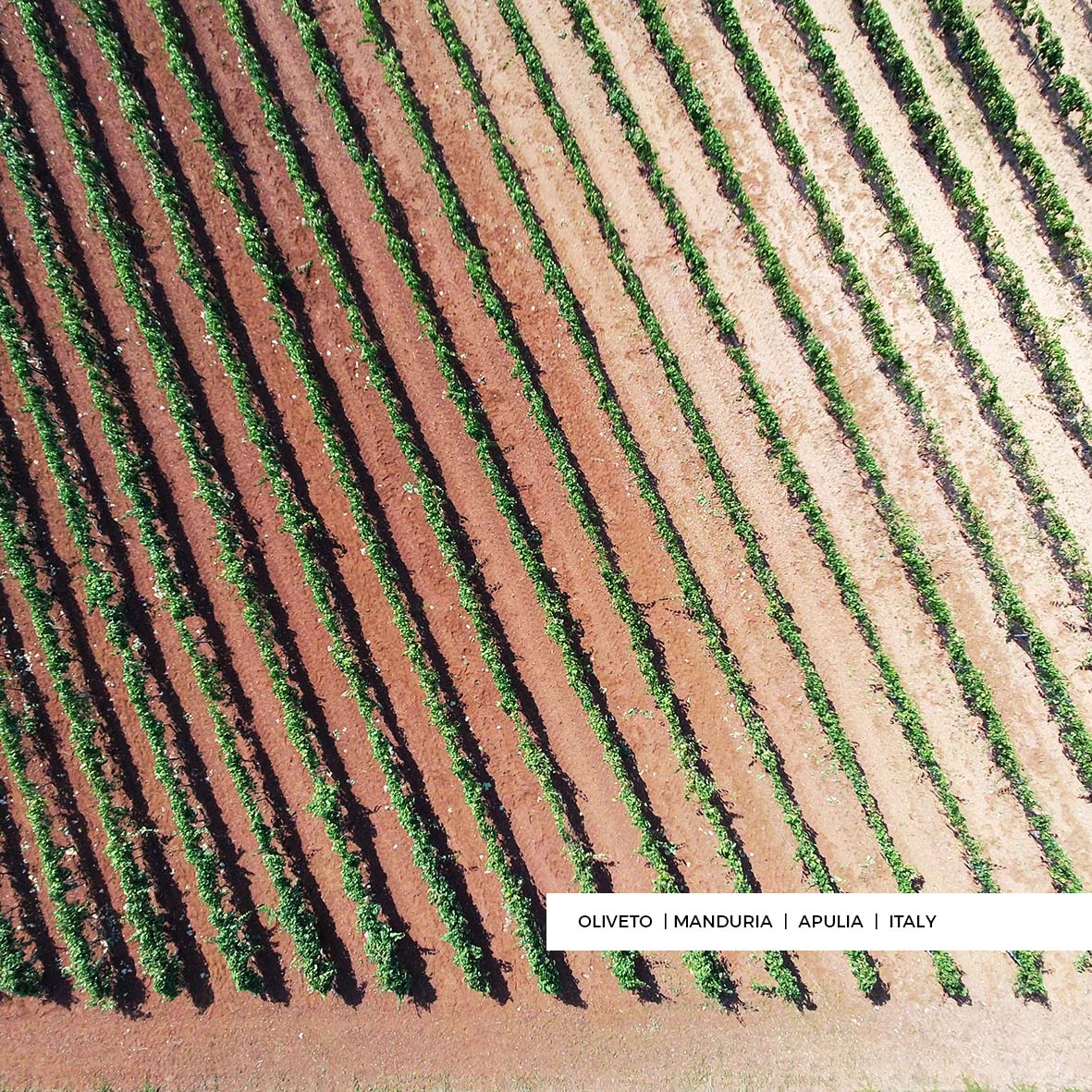 DCIM100MEDIABreeze_19[/caption]
DCIM100MEDIABreeze_19[/caption][caption id="attachment_16453" align="aligncenter" width="1181"] DCIM100MEDIABreeze_19[/caption]
DCIM100MEDIABreeze_19[/caption]
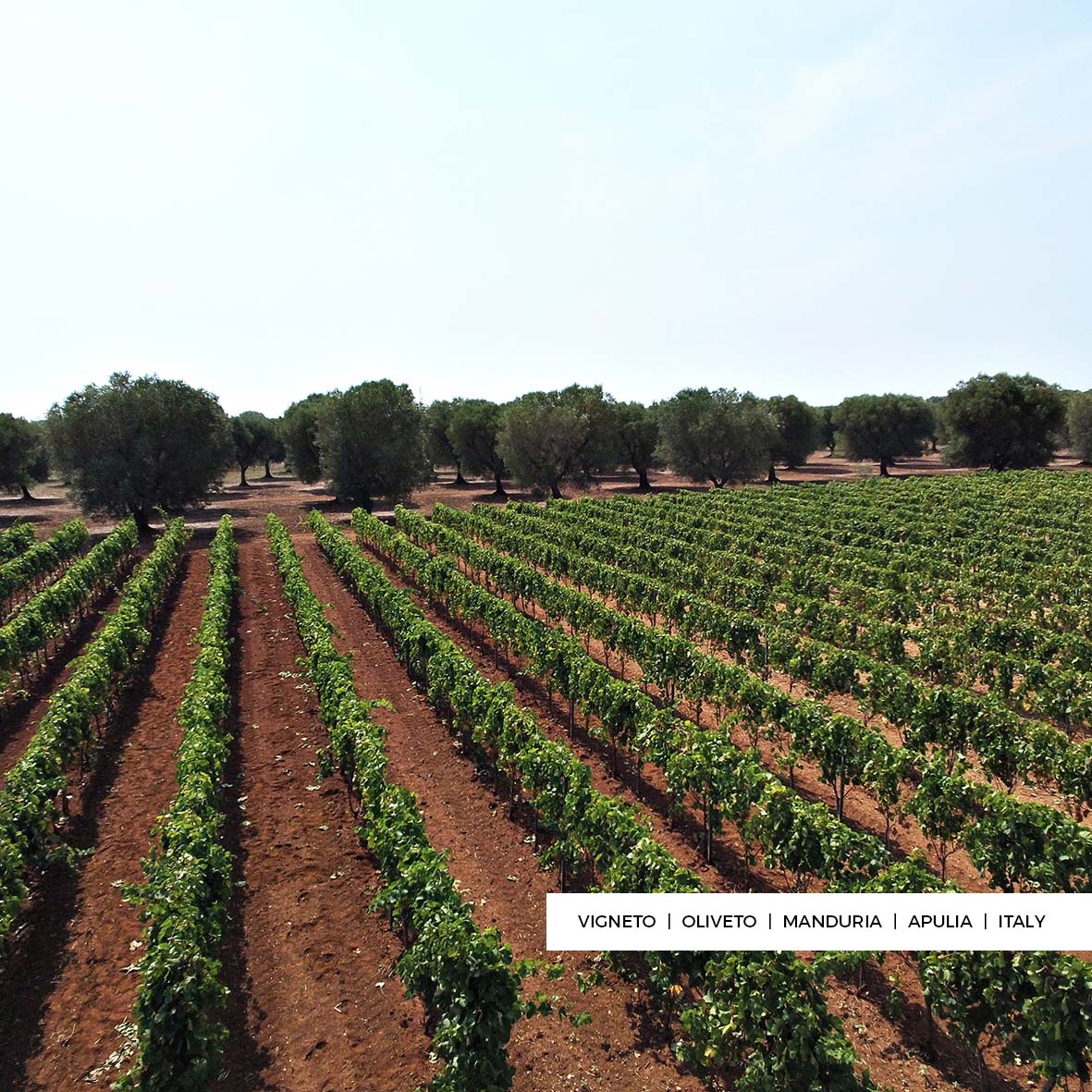 DCIM100MEDIABreeze_19[/caption]
DCIM100MEDIABreeze_19[/caption]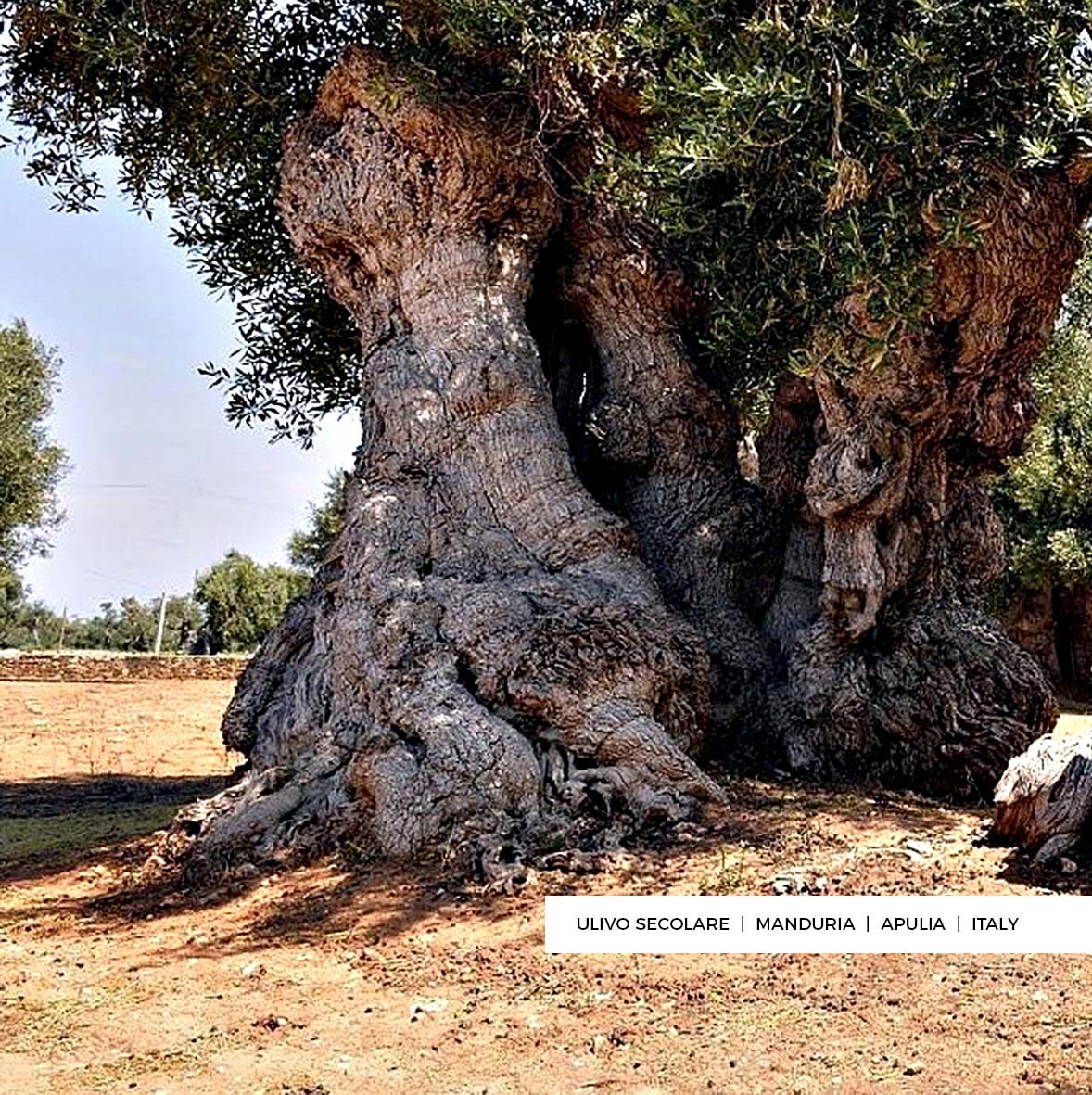
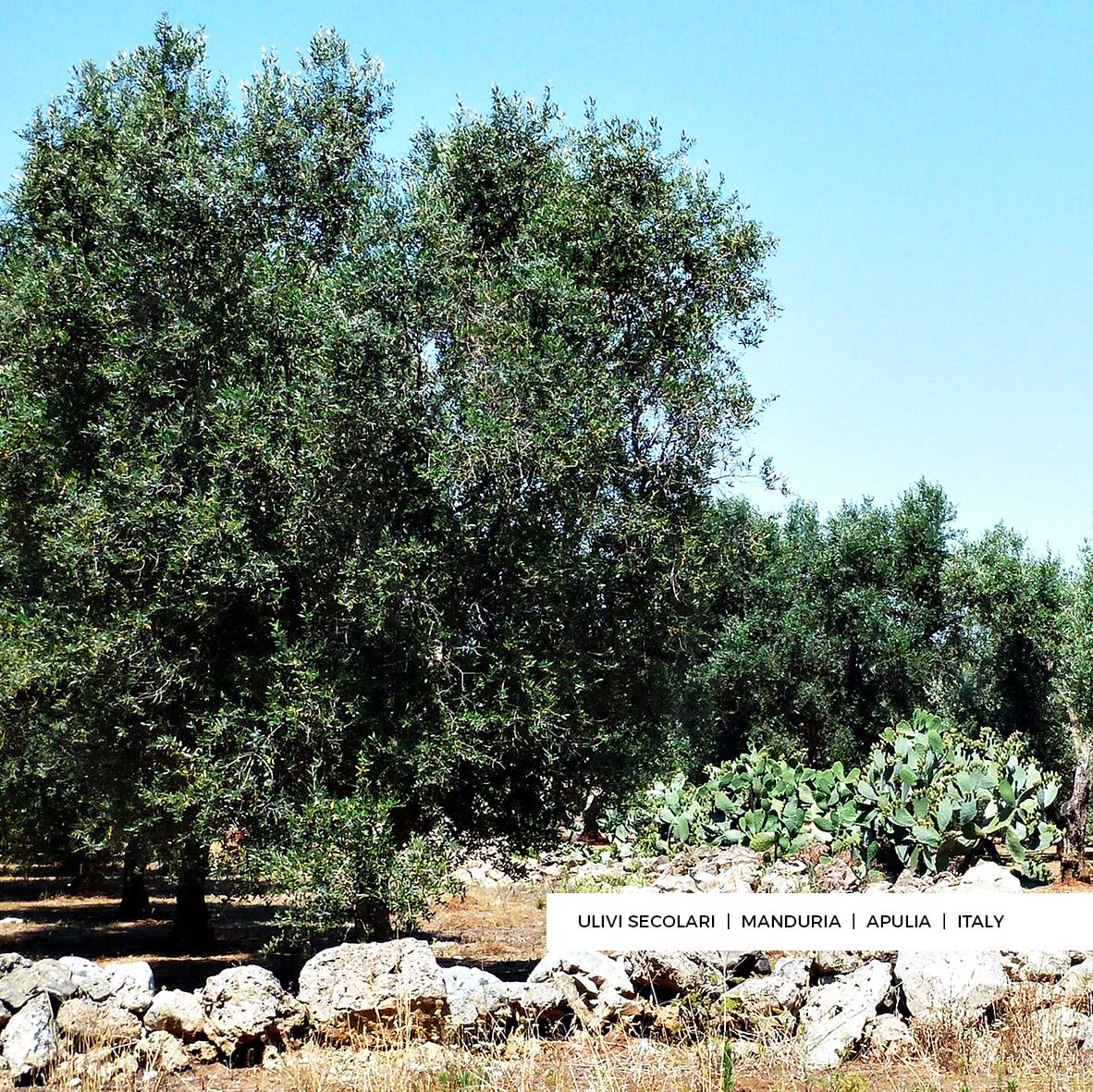
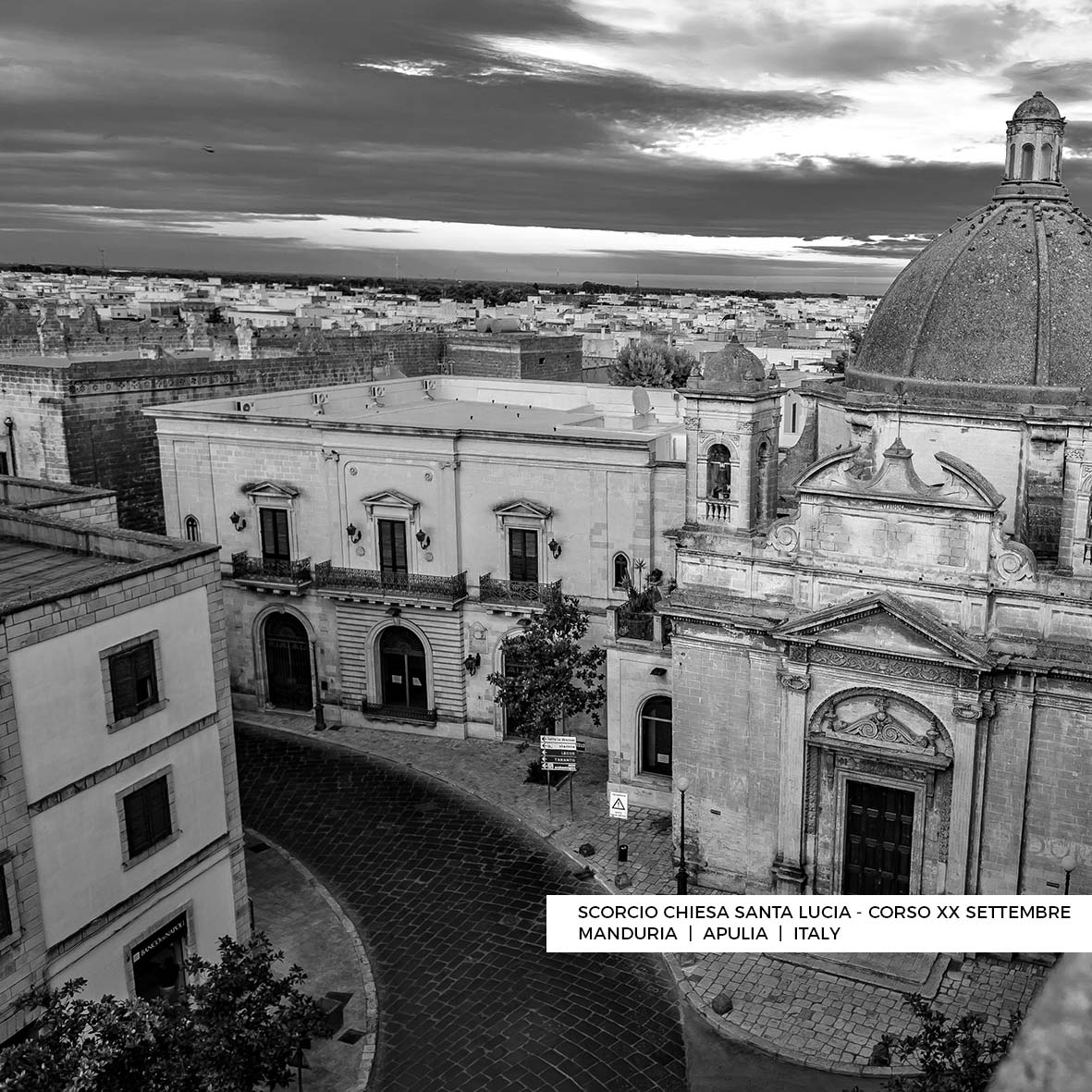

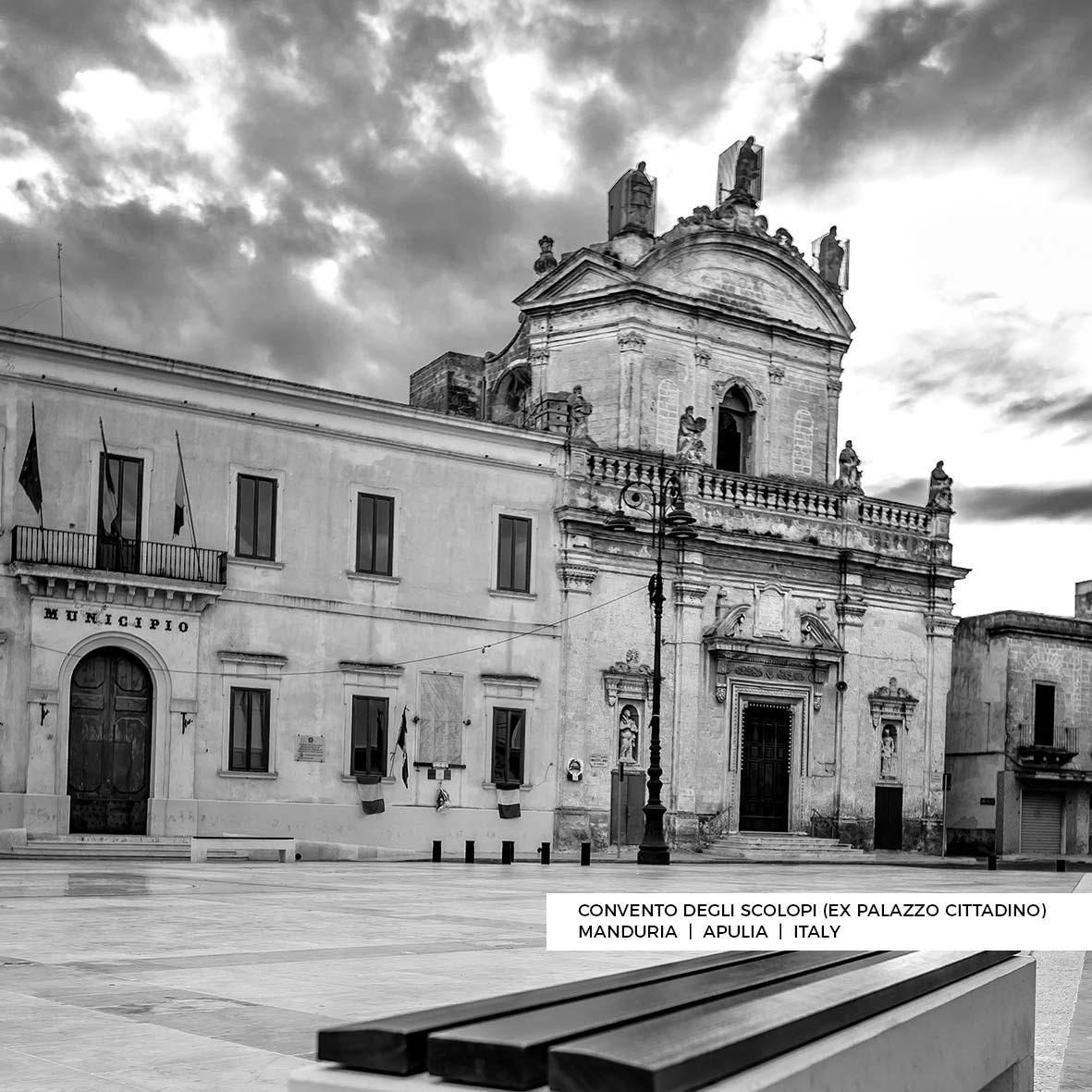
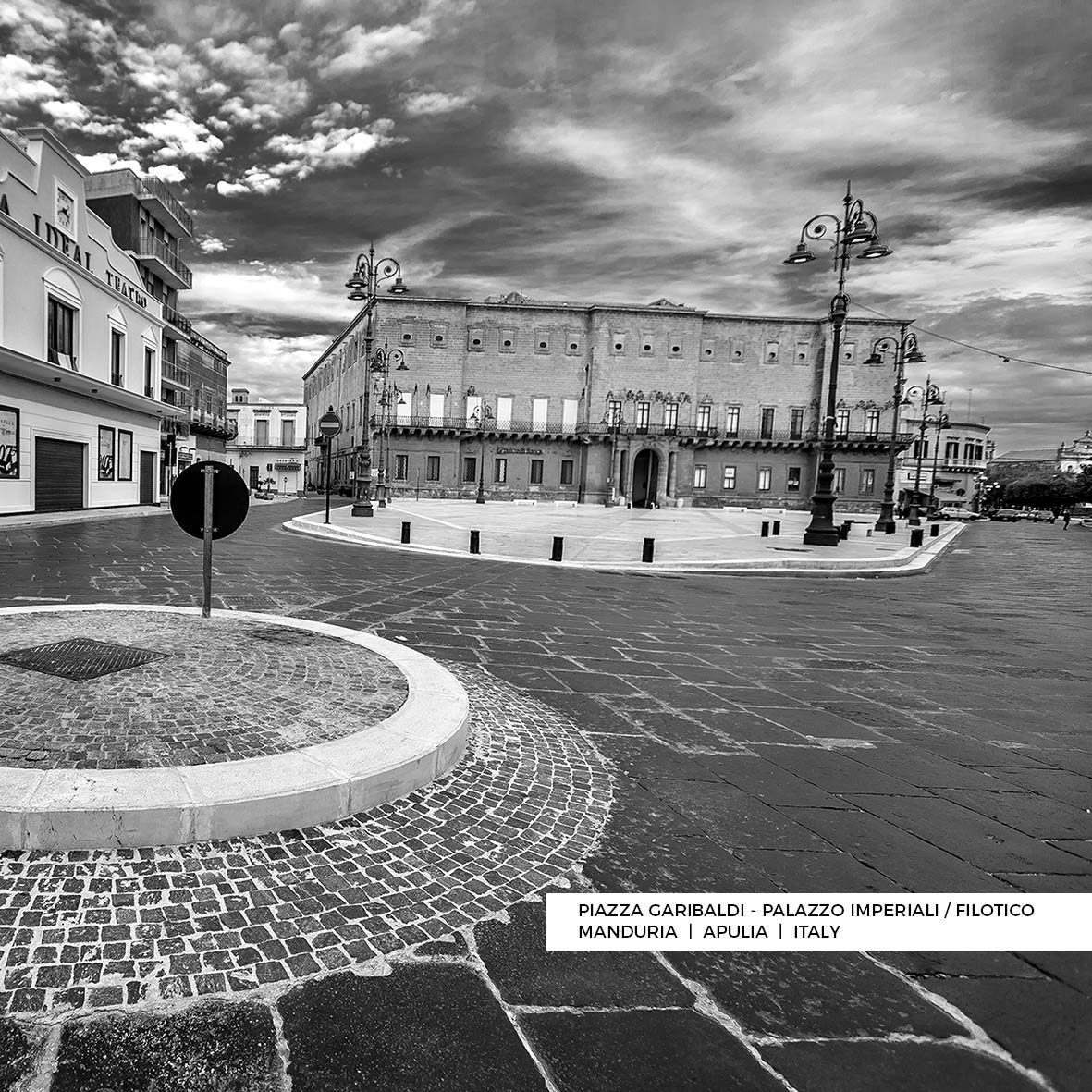
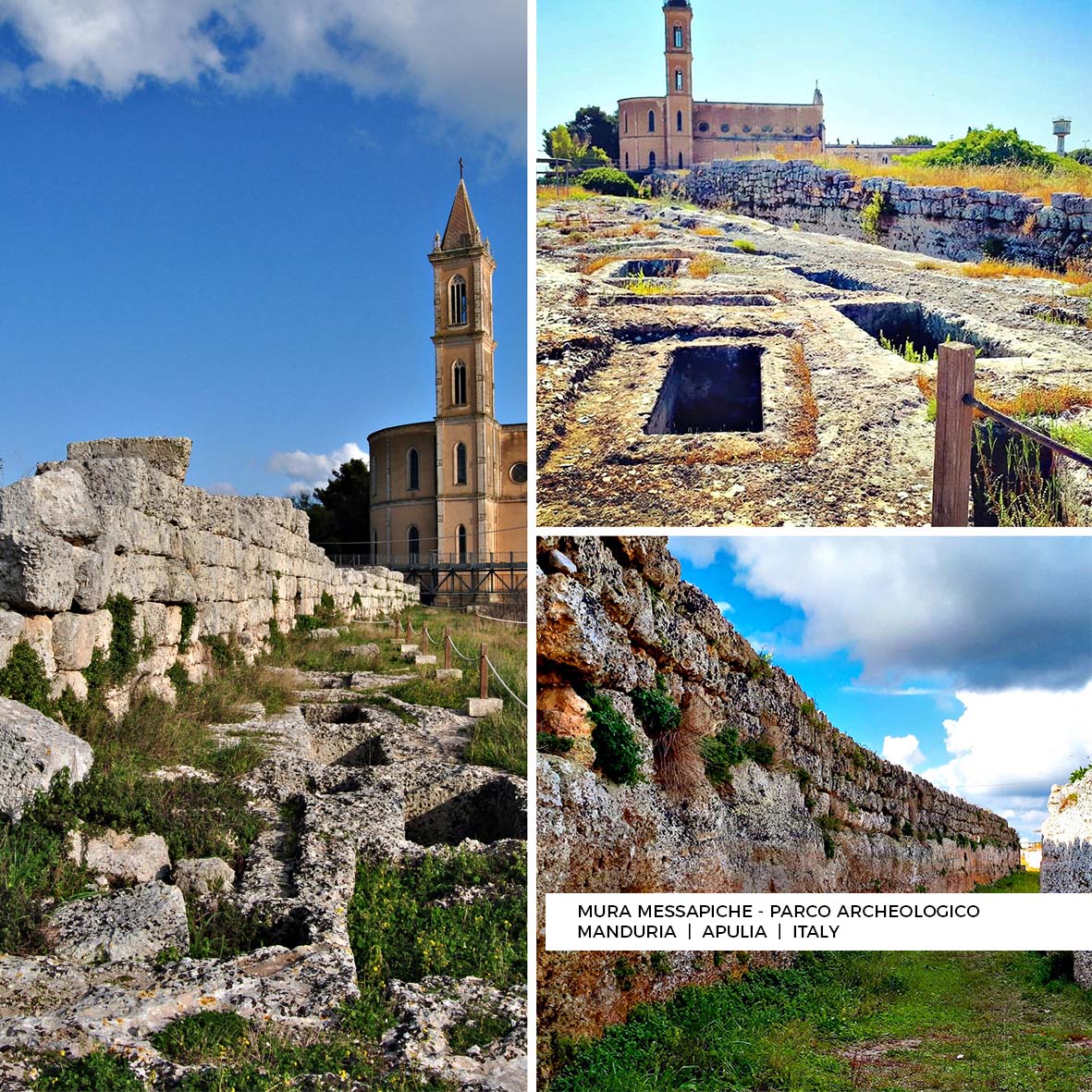
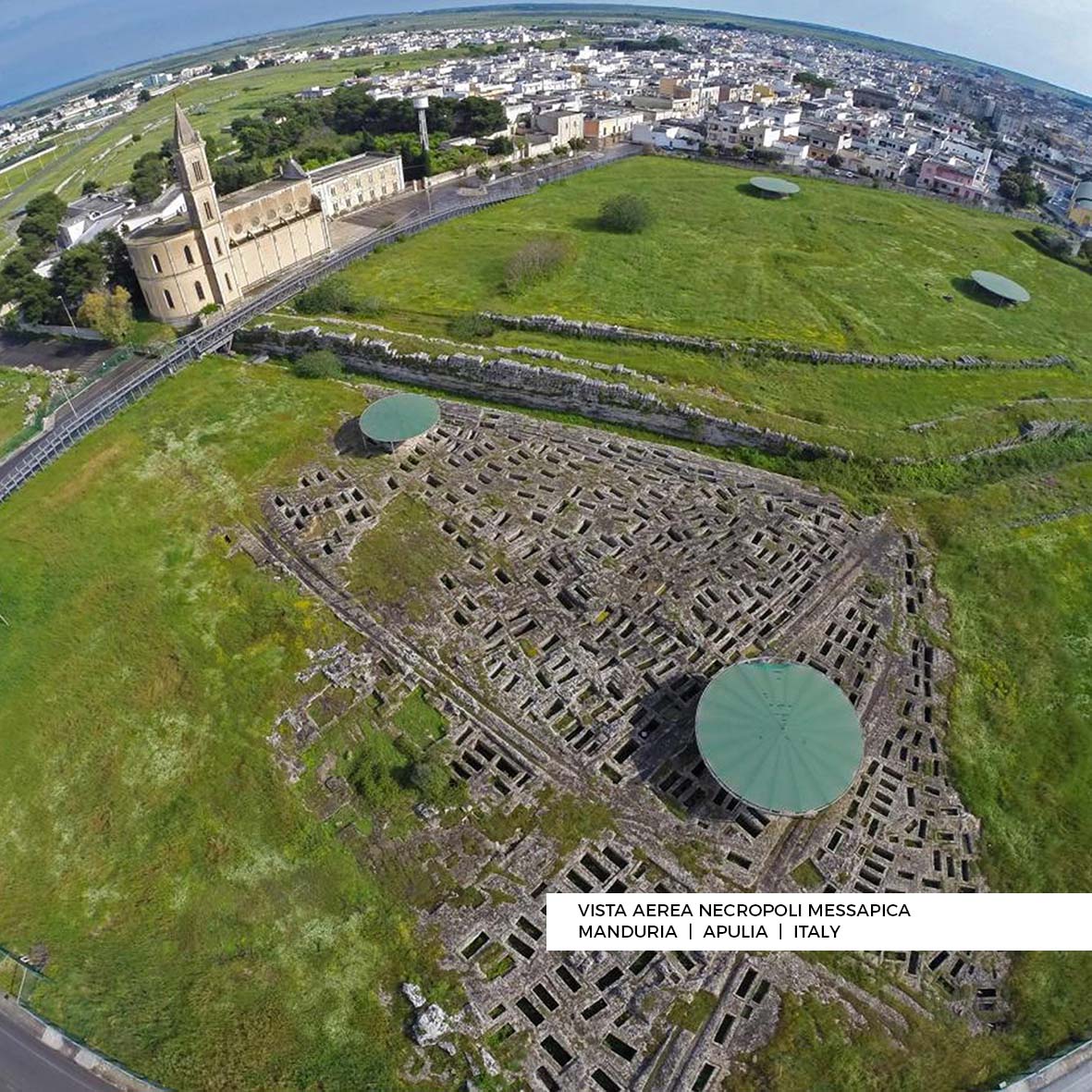
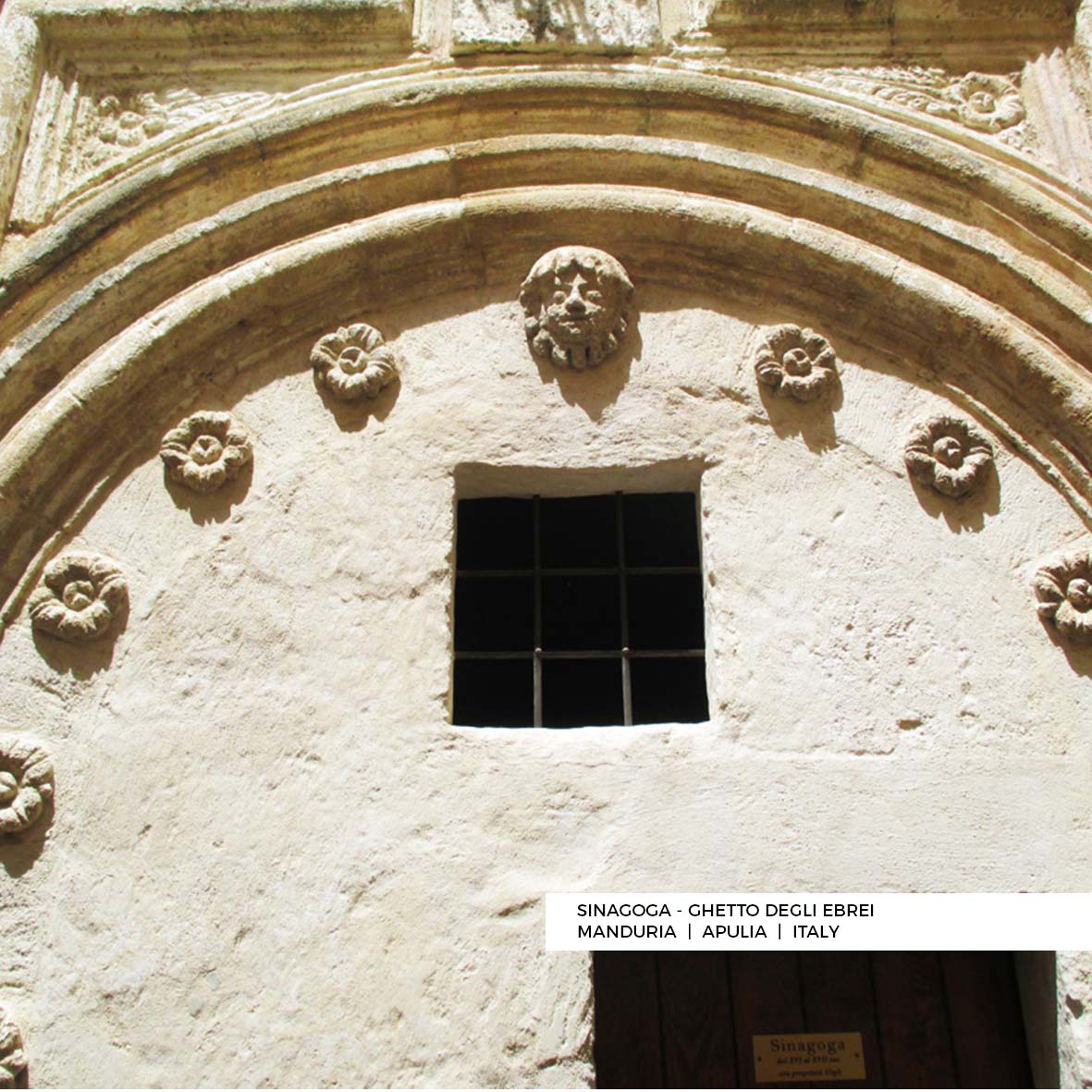
[caption id="attachment_16462" align="aligncenter" width="1181"] DCIM100MEDIABreeze_19[/caption]
DCIM100MEDIABreeze_19[/caption]
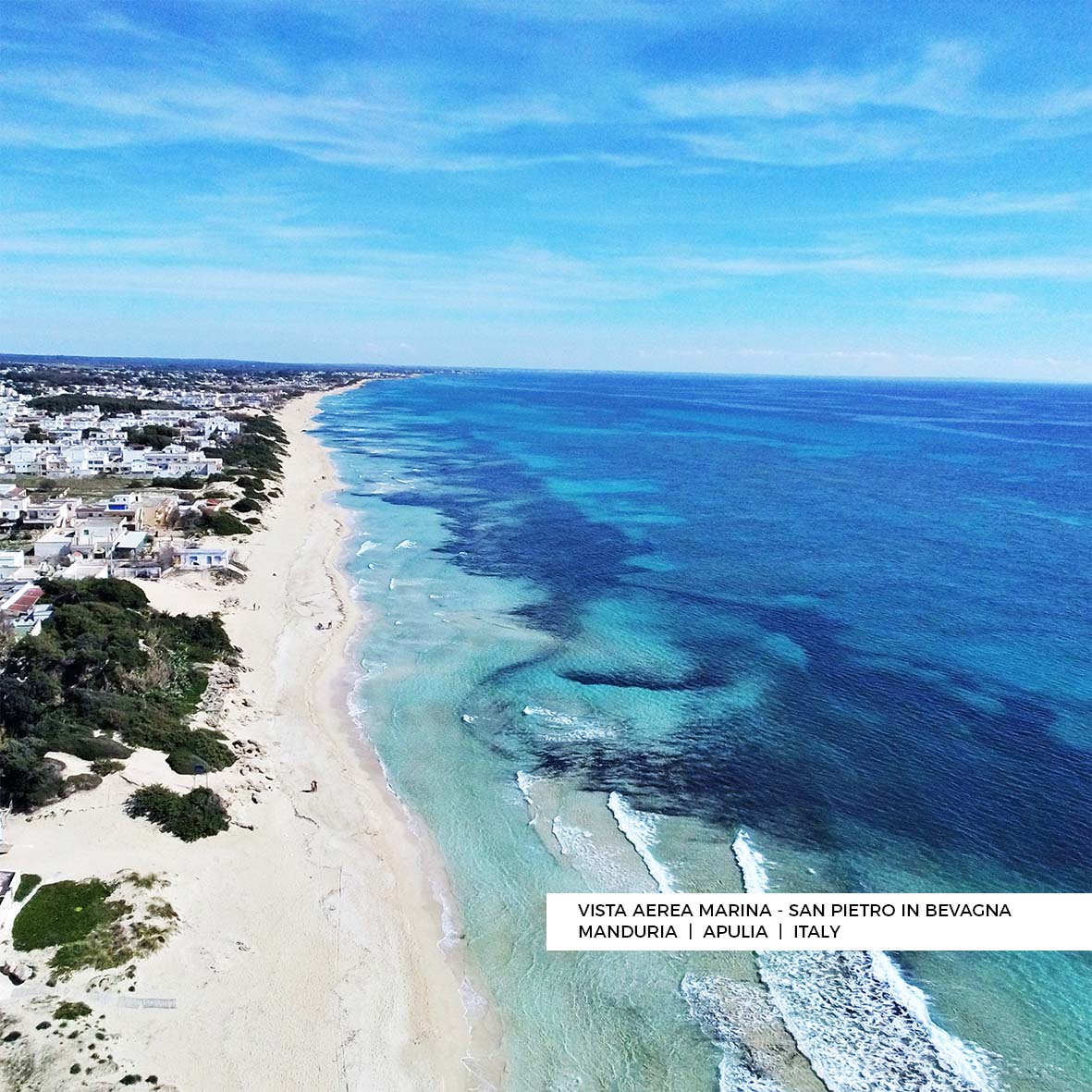 DCIM100MEDIABreeze_19[/caption]
DCIM100MEDIABreeze_19[/caption]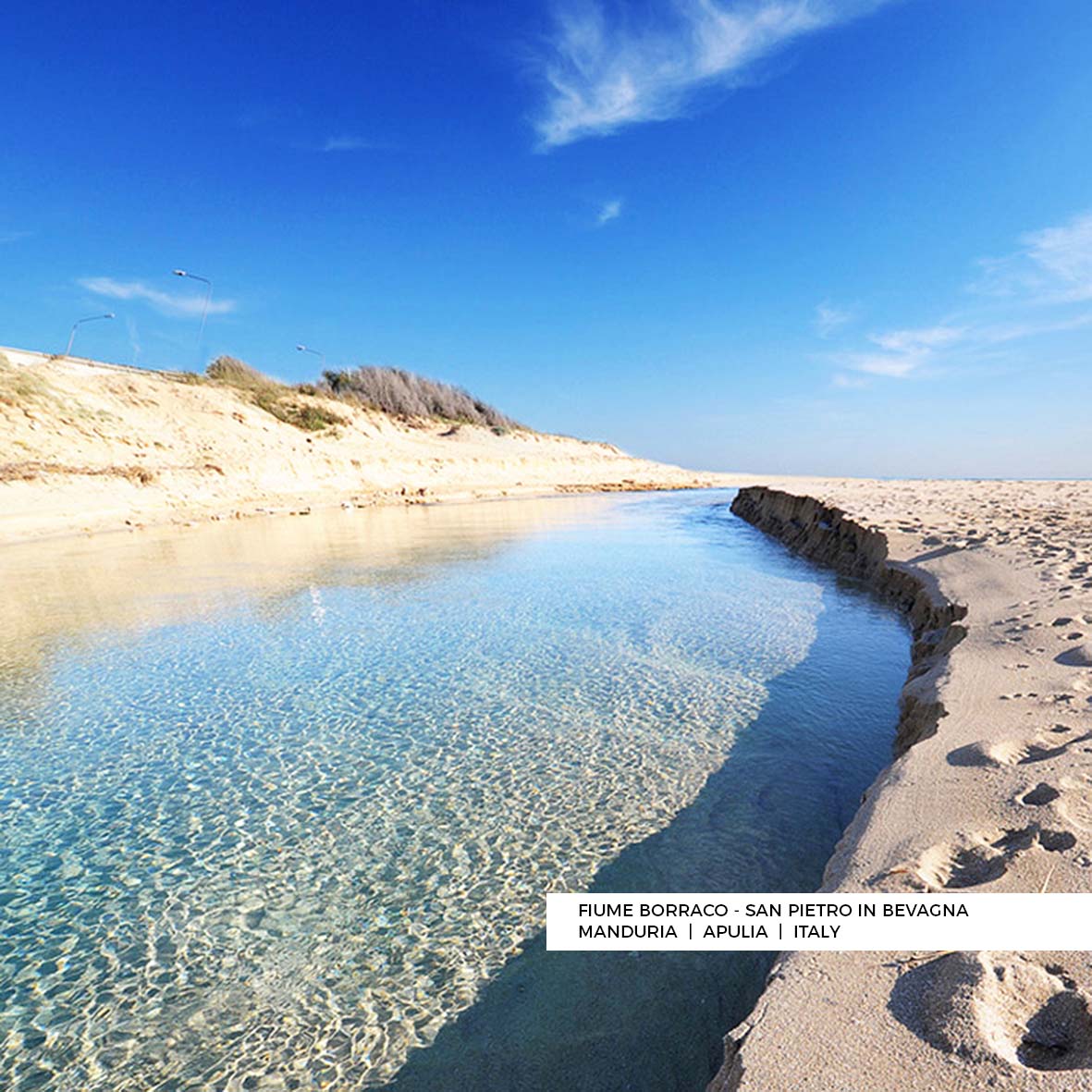
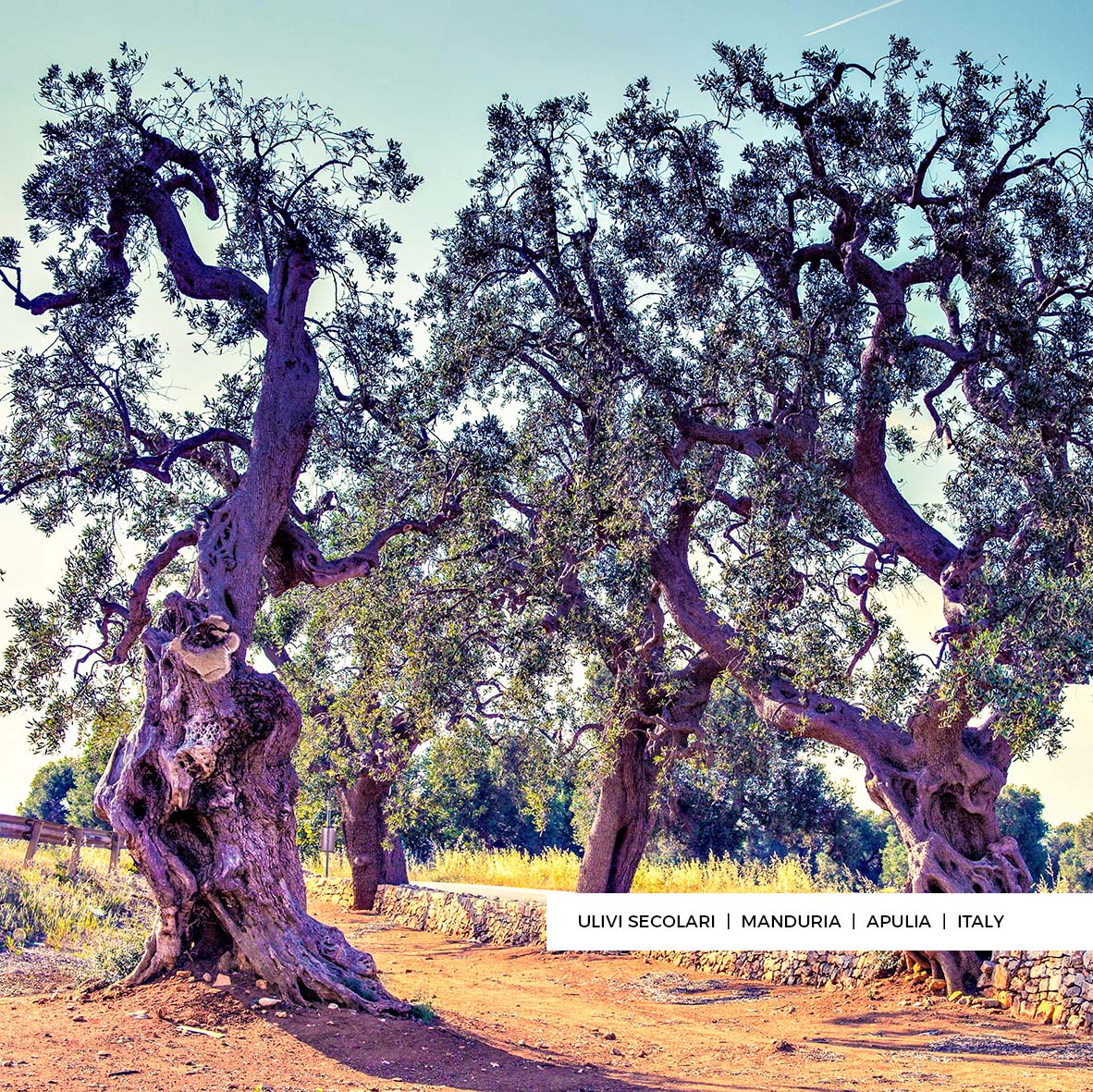
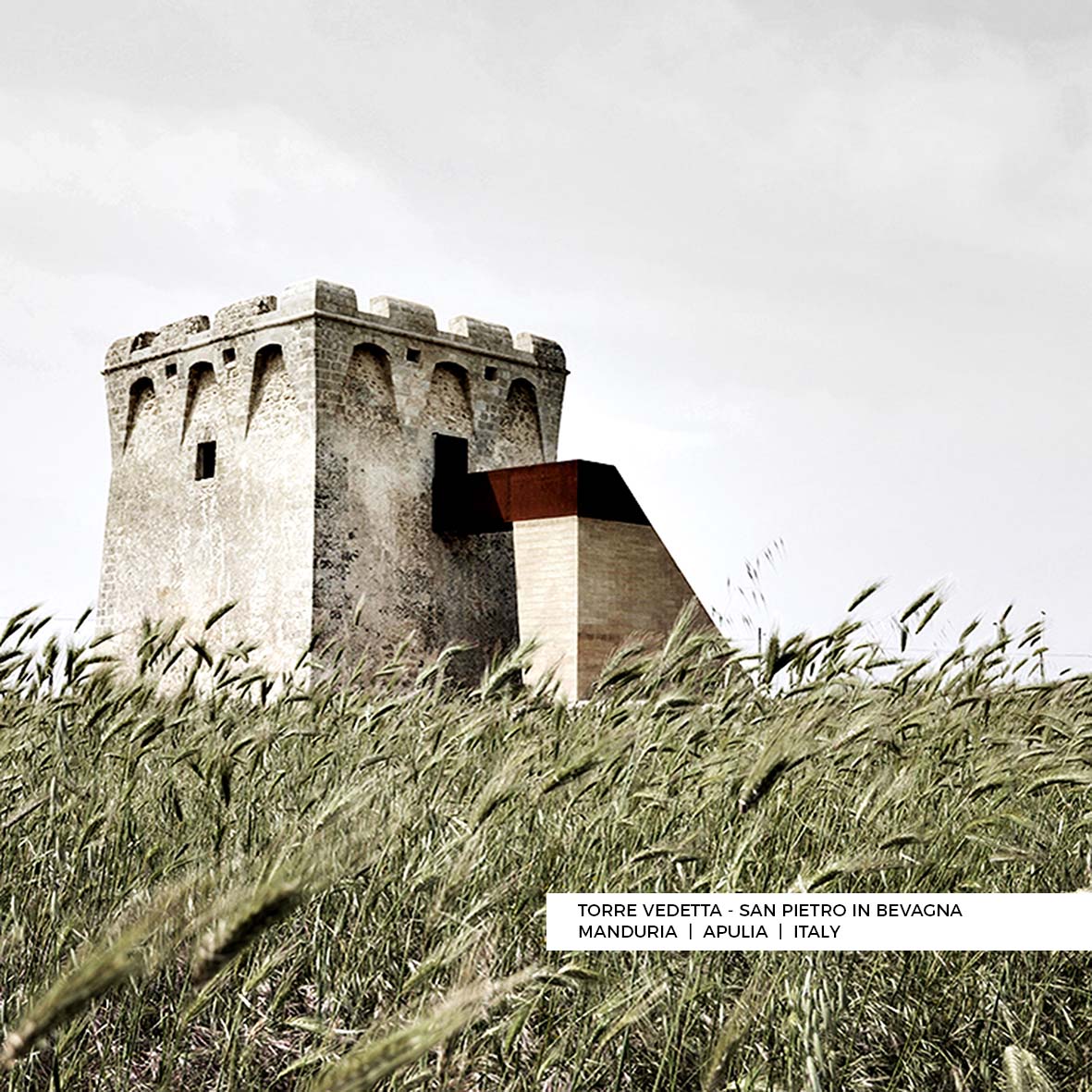


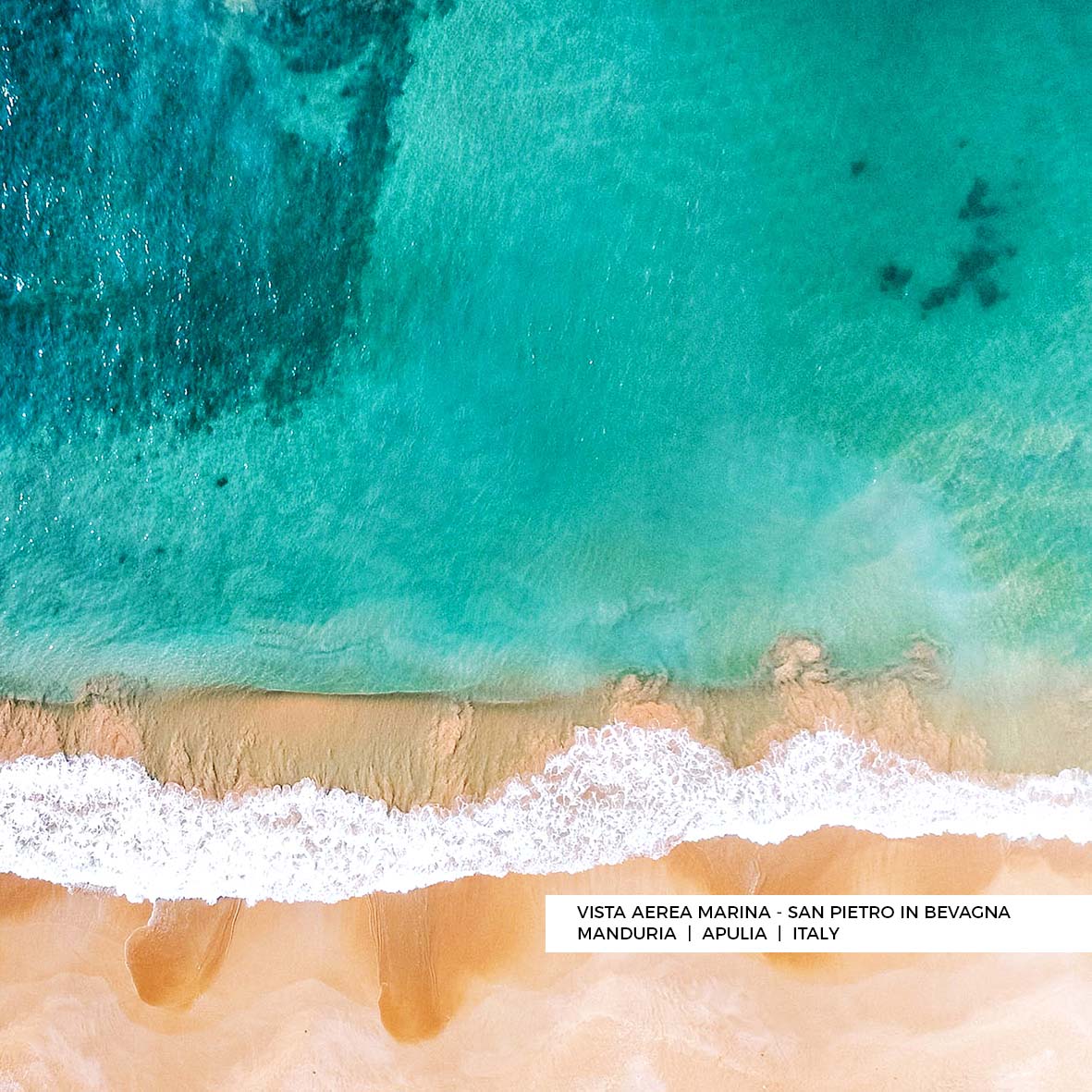
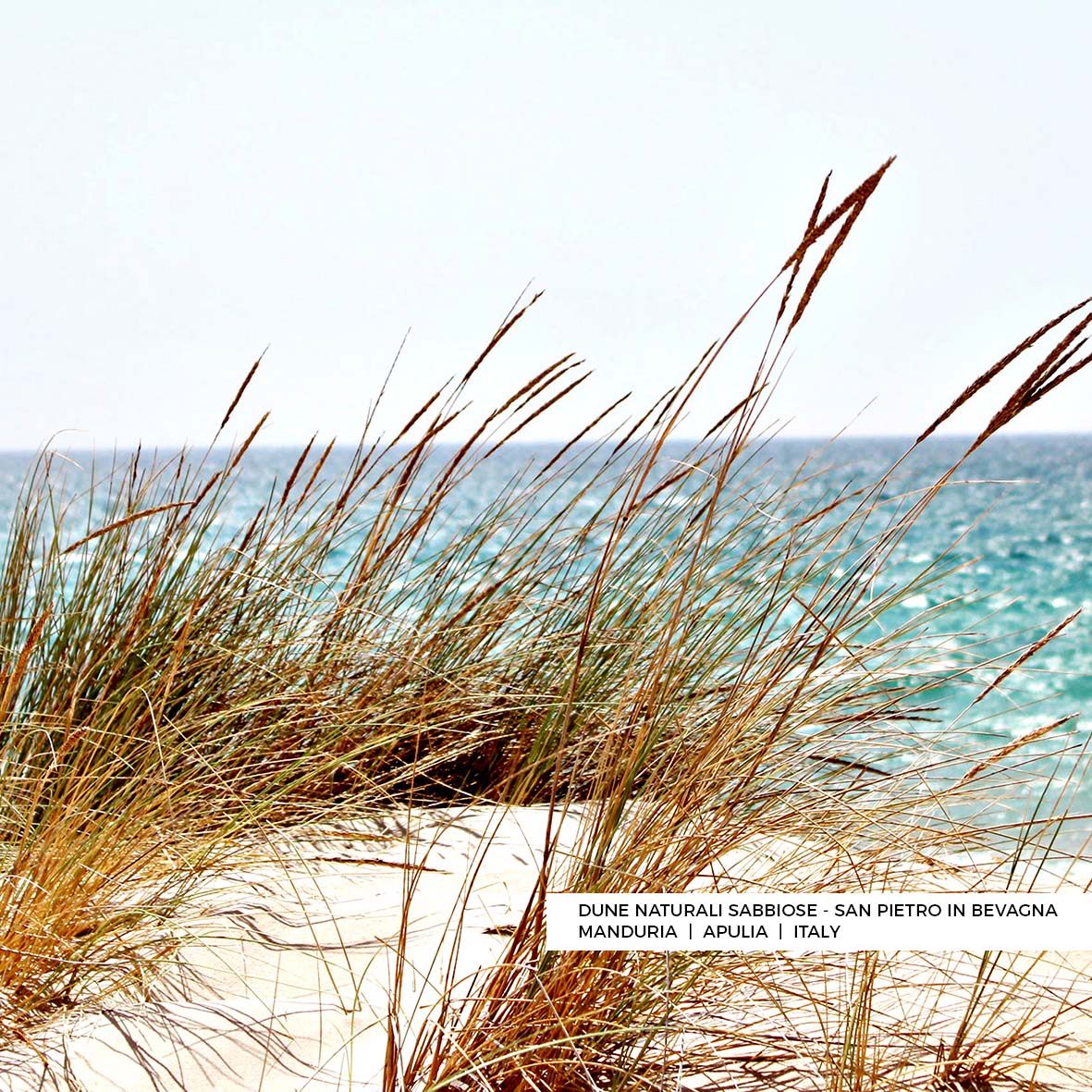
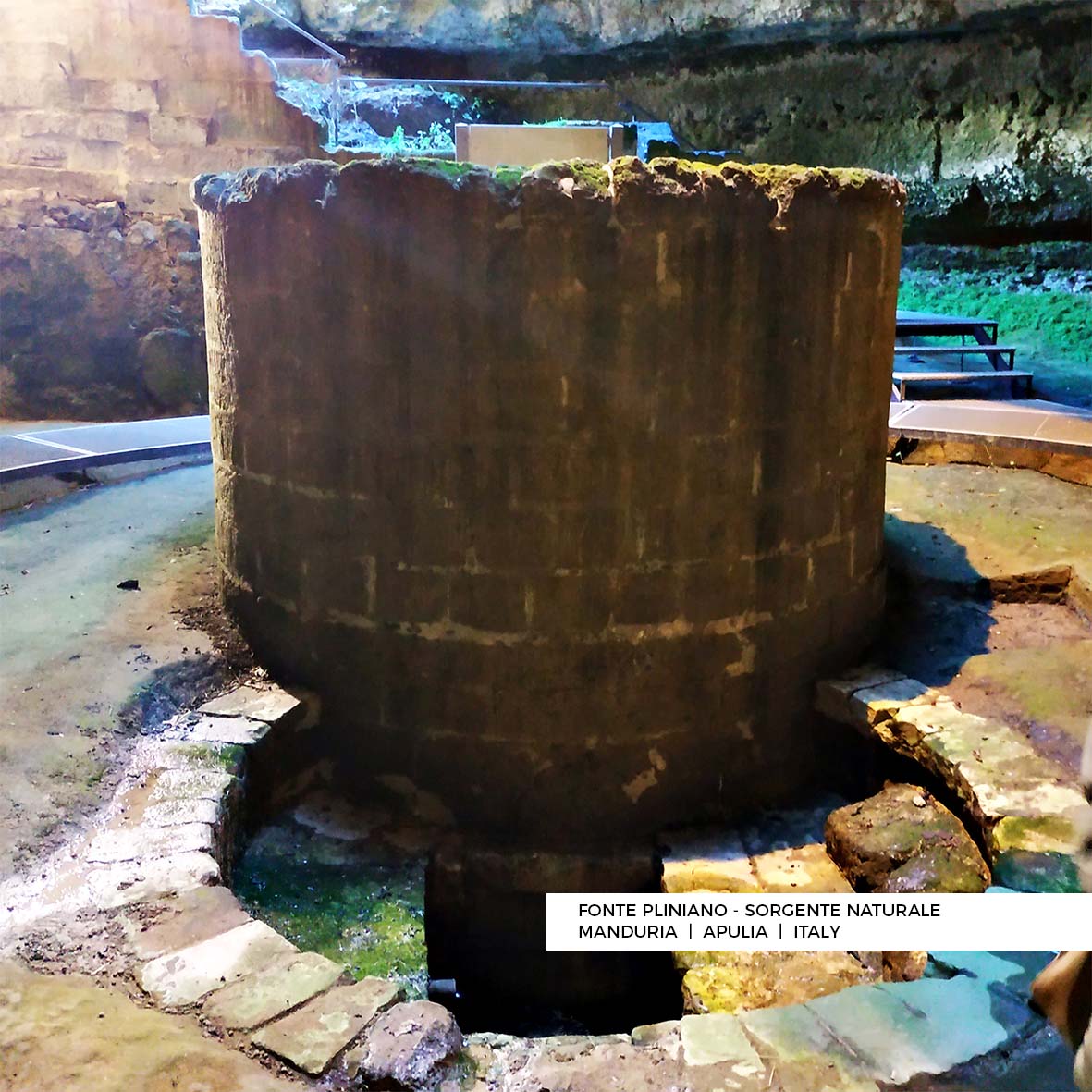
[caption id="attachment_16468" align="aligncenter" width="1181"] DCIM100MEDIABreeze_19[/caption]
DCIM100MEDIABreeze_19[/caption]
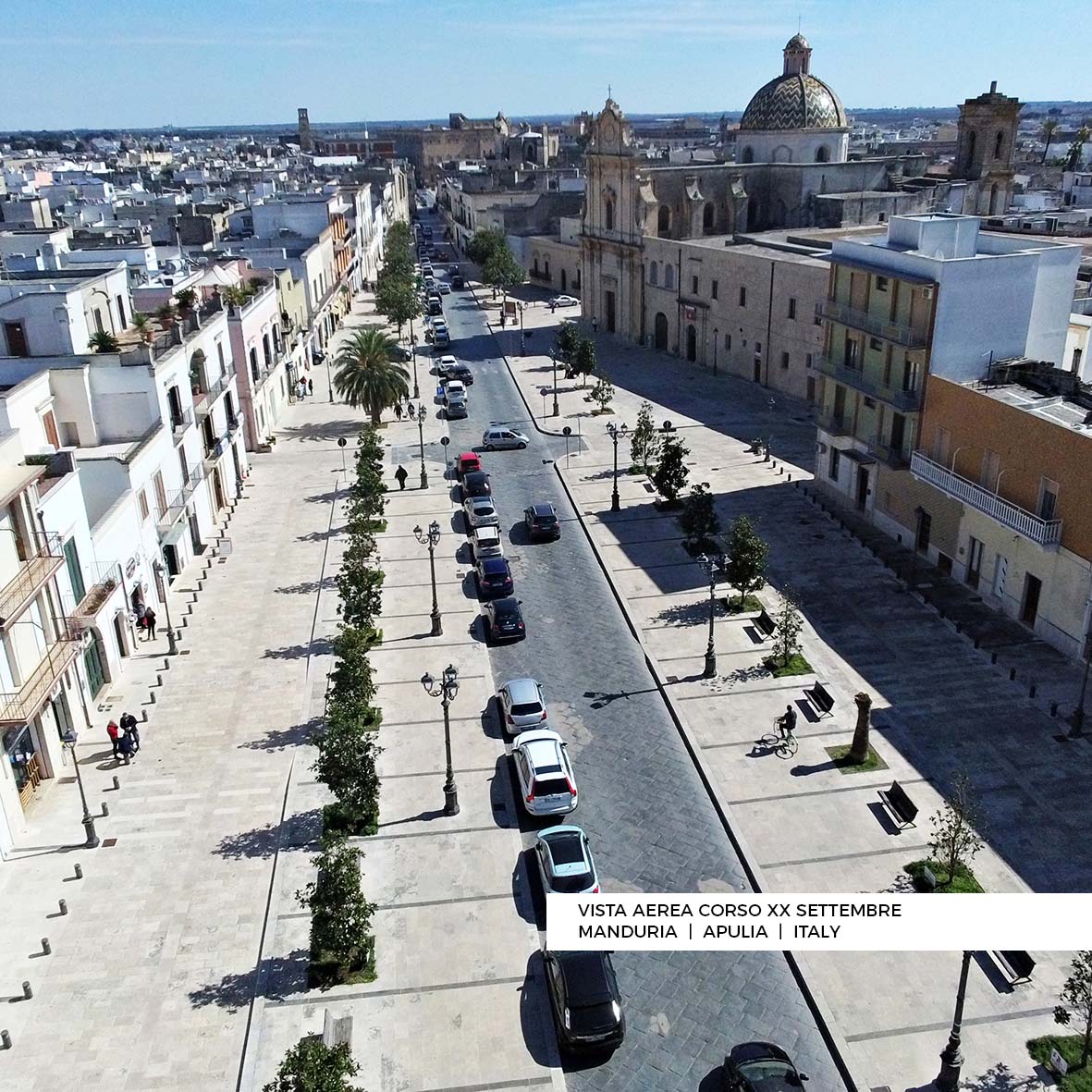 DCIM100MEDIABreeze_19[/caption]
DCIM100MEDIABreeze_19[/caption]
